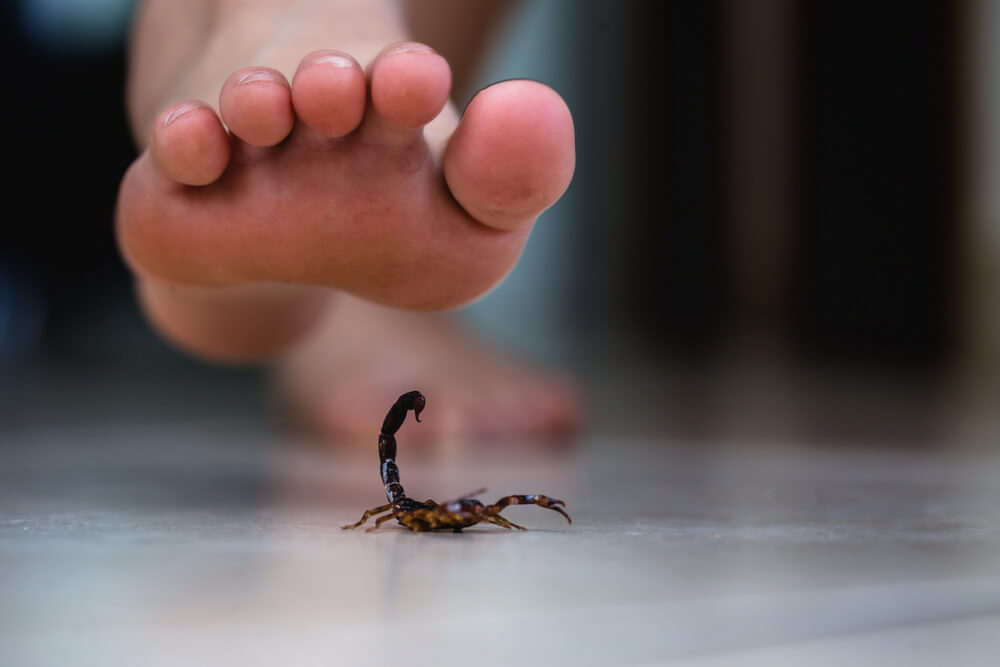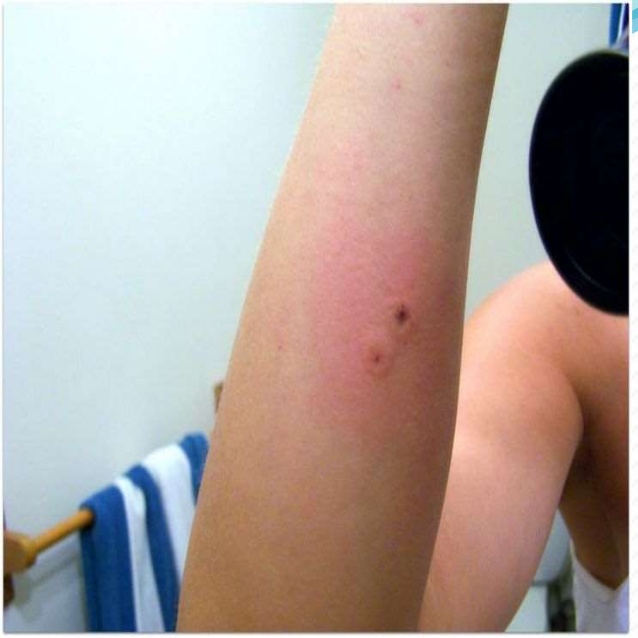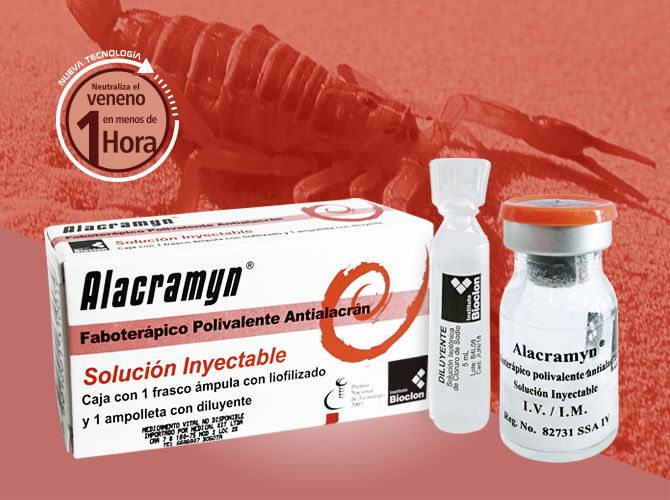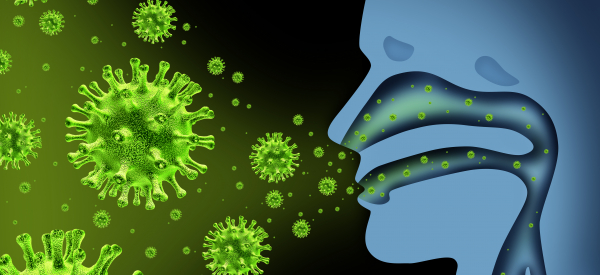Scorpion sting in Puerto Vallarta
Scorpion stings are common in Puerto Vallarta, and with the following information, we hope you can learn a little about the symptoms, treatment, and what to do if you get stung.
What species of scorpions are important in Puerto Vallarta?
In Mexico, the species of the genus Centruroides are the most important due to the toxicity of some species, the most medically relevant include, C. exilicauda (sculpturatus), C. noxius, and C. suffuses, which have been registered in Puerto Vallarta.
What are the effects of the scorpion sting on humans?
The venom of the scorpion has neurotoxic properties, meaning that it can attack the peripheral nervous system; the venom also contains other substances that are responsible for edema and pain.

What are the symptoms of a scorpion sting?
The first thing we have to keep in mind is that scorpion stings are mostly accidental since scorpions are not aggressive towards humans. Most of the stings occur in the extremities, such as feet or hands, due to an unintentional stepping or grabbing where the scorpion can be found (for example, under stones or logs).
After the sting, symptoms usually appear immediately or within the first 5 hours. The effects of the scorpion sting can widely vary, which include lesions with or without pain, high, minimal, or even no inflammation; however, 10% to 30% of stings can cause life-threatening neuromuscular symptoms.

The symptoms can be classified into four grades according to their severity that helps to define the best treatment.
Grade 1: Local pain and localized paresthesias (tingling) in the sting area.
Grade 2: Grade 1 symptoms, plus pain and paresthesia (tingling) away from the primary lesion.
Grade 3: Grade 2 symptoms. plus cranial nerve (for example, facial paralysis) or muscle somatic nerve dysfunction (for example, involuntary or abnormal muscular movements) and autonomic dysfunction (for example, abnormal blood pressure).
Grade 4: Grade 3 symptoms, plus fever and localized organ failure (heart failure, respiratory failure, pulmonary edema, etc.).
How to diagnose a scorpion sting?
The physician can confirm the diagnosis if the person who was stung was able to see the scorpion specimen and even brings the specimen as evidence to the consult. Without evidence and when the patient is not sure which animal caused the injury (for example, stings while sleeping or in nature), the diagnosis is made based on the above-described symptoms and the epidemiology of the region (a region that typically presents cases of scorpion stings).
What is the treatment for a scorpion sting?
When you have a Grade 1 and Grade 2 poison symptoms, the treatment is based only to control the pain, wound care, and tetanus prevention (if required).

Most scorpion stings have this evolution and do not require further treatment like antivenom shots; however, the patient should be kept under close observation for at least 4 hours to avoid any further complication. Antihistamines such as loratadine or Benadryl (diphenhydramine) should be avoided as they can mask the evolution of the patient, delaying the treatment.
If the symptoms developed suggest Grade 3 or 4, the patient needs to go as soon as possible to the hospital for an urgent medical assessment, supportive treatment (for example, control of pain, temperature, blood pressure), and if necessary, the application of the antivenom available and appropriate for the area.

It is important to highlight that under any case of a scorpion sting, the patient needs to see a doctor as soon as possible, avoiding self-medication or alternative treatments that could complicate the sting and diagnosis. You can always contact us to make an appointment and help you.
Source: UpToDate


